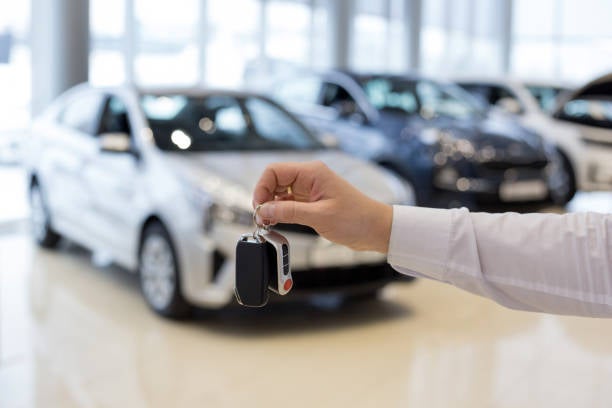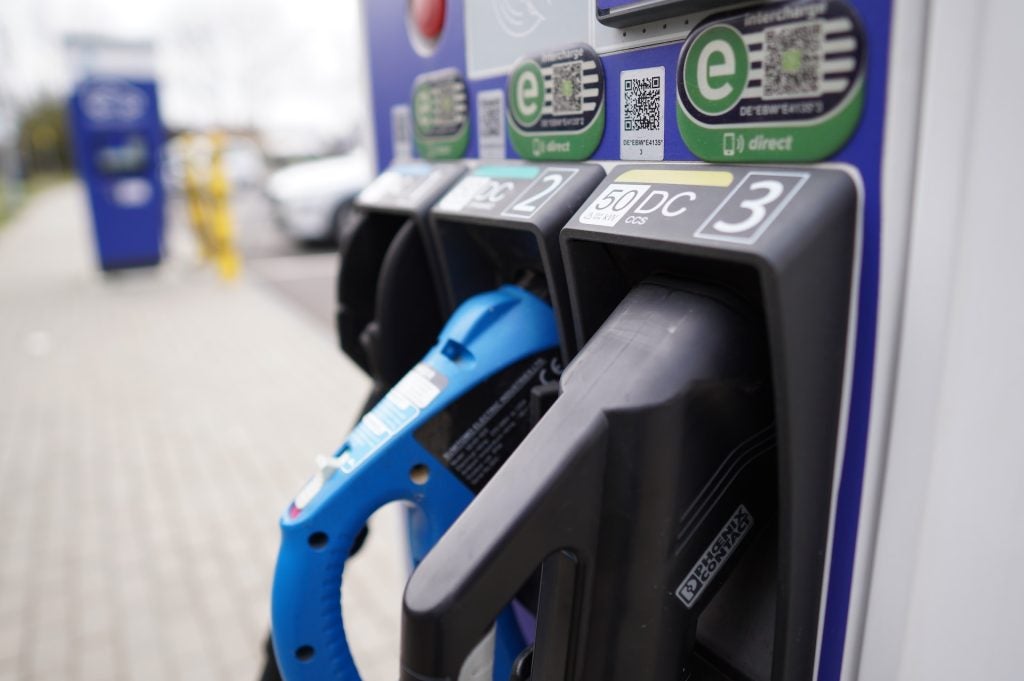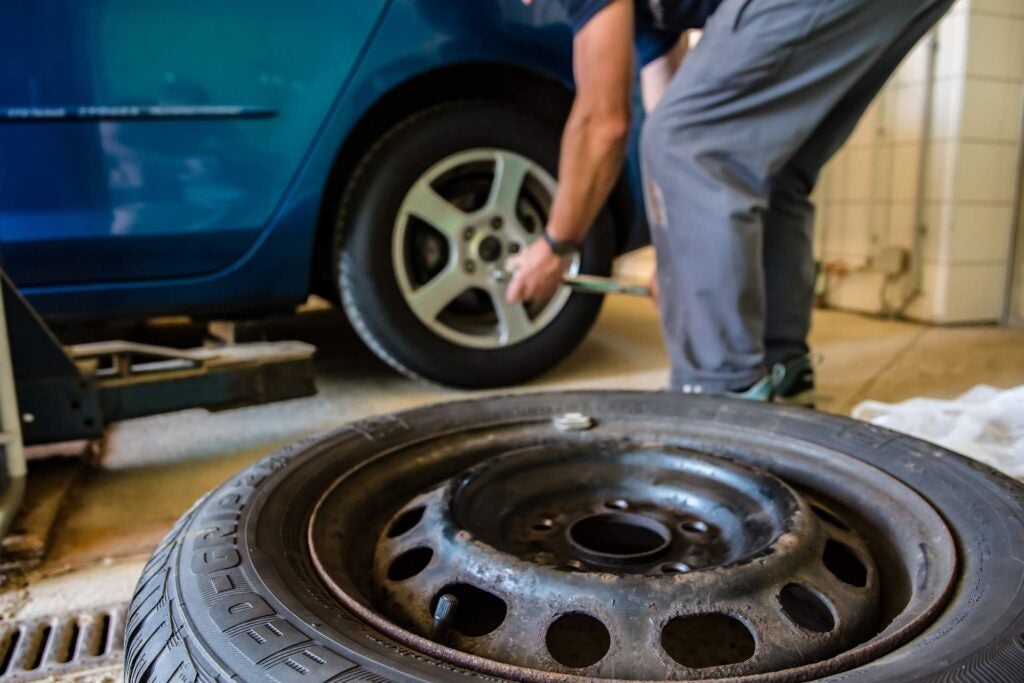It is often said that the car distribution system has remained
essentially unchanged since Henry Ford established it in 1910.
However, although the general form of the current distribution
system may still be recognisable to Mr Ford, the manner in which it
functions has changed significantly in recent years. Furthermore,
these functional changes have occurred despite – not because of ¡V
the block exemption regulation (BER) and its periodic
amendments.
The next stage for re-appraisal of the BER system is due in
2010. This May the European Commission released a report evaluating
the way it believes the BER has been functioning since the last
changes.
Over-prescriptive
Whilst acknowledging that competition has improved in the
automotive distribution sector the report concludes that many of
the detailed sector-specific provisions, such as allowing dealers
to run showrooms without repair shops, have proved unnecessary –
and indeed may have been counter-productive. For instance, the
higher (40 per cent) market share threshold below which
quantitative selective distribution agreements may benefit from the
BER “may have skewed manufacturers’ choice” towards a uniform
distribution model.
In addition, over-prescriptive rules in areas such as
multi-brand vehicle sales and the opening of additional sales
outlets may have encouraged the introduction of more onerous
dealership standards, thereby making distribution more expensive,
to the detriment of consumers.
Other provisions, such as obliging manufacturers to grant
independent repairers access to technical information, have, the
report deems, been effective. However, these will in the future be
superceded by rules in other European Union (EU) policy areas
(specifically the Council Regulation on vehicle emissions
715/2007). The report therefore suggests that car owners might
benefit from improvements in competition if less complex rules were
to apply to the sector. The form and content of the future regime
will be decided in the next stage of the review process.
How well do you really know your competitors?
Access the most comprehensive Company Profiles on the market, powered by GlobalData. Save hours of research. Gain competitive edge.

Thank you!
Your download email will arrive shortly
Not ready to buy yet? Download a free sample
We are confident about the unique quality of our Company Profiles. However, we want you to make the most beneficial decision for your business, so we offer a free sample that you can download by submitting the below form
By GlobalDataThe general tone of the report suggests a lighter touch for the
industry from the regulators and a wish for market forces to
determine events. It also hints that some of the current provisions
may be dropped from 2010.
End of the road
It could even be the beginning of the end for BER. We should
remember that the regulation was introduced under pressure from
manufacturers to retain elements of control over the distribution
of motor vehicles, and this control has slackened as dealers have
consolidated and gained greater negotiating power. In addition, the
oversupply of vehicles in the sector has forced new avenues to
market for manufacturers such as selling directly to internet
retailers and lessors. Some, such as Mercedes-Benz, have even
opened their own network of dealerships.
In the same way, dealers are today far less intimidated by their
manufacturing suppliers, and, although the franchise and its
vehicles are of paramount interest for the dealer, other factors
are now in evidence. These include reduced margins from new-car
sales, opportunities for profit elsewhere in the supply process,
greater use of purchasing groups among dealers and a general
increase in an attitude towards manufacturers which can perhaps
best be characterised as “bloody-mindedly independent”, and they
have all served to loosen the traditional ties that existed, until
very recently, between car makers and car retailers.
It is unlikely that Henry Ford would have approved of such
independence of spirit being shown by the dealers. But it seems as
if the BER is indeed nearing the end of its road.
Block exemption – the basic
principles
The original principles behind the regulation were:
– To make sure that motor vehicle distribution and servicing
takes place in an efficient way to the benefit of customers, and
that effective competition exists between manufacturers’
distribution systems
– To increase the customer’s choice in accordance with the
principles of the internal market
– To strengthen dealers’ independence from manufacturers with
the aim of increasing dealers’ competitiveness
– To protect competition in the after-sales service market
Additional aims of the regulation sought to clarify the distinction
between admissible and non-admissible behaviour – the so-called
“black practices”. These included such customs as the fixing of
resale practices or discounts by manufacturers.
The 2003 changes
The changes to the block exemption which came into effect in
2003 had been well trailed and consisted of three main clauses:
– The manufacturers¡¦ route to market. Most manufacturers opted
for the provision of freeing their dealer networks to sell to end
users – including short-term rental and leasing companies ¡V
although not other retailers. From 2005, with the scrapping of the
location clause, dealers were able to operate internationally
– The lifting of restrictions on the activities of independent
companies wishing to enter the servicing or parts arena
– The freeing of restrictions on dealers using the internet.
Although heralded as a major upheaval for the automotive industry,
in fact the results were hardly revolutionary and merely
accelerated trends that were already apparent in the marketplace.
These included dealer consolidation and the formation of
independent servicing and parts distribution companies. Although
many manufacturers only co-operated in the latter somewhat
grudgingly, many independent car servicers have become well
established and much used by UK motor lessors.
Some of the changes, such as the ability for dealers to have
multi-franchised dealerships, have progressed successfully,
although one significant change that did not occur was the
much-anticipated expansion into continental Europe of UK motor
dealers. Although some large dealerships have tried to trade
abroad, it seems that cultural differences between car retailing in
the UK and continental Europe have proved prohibitive.







